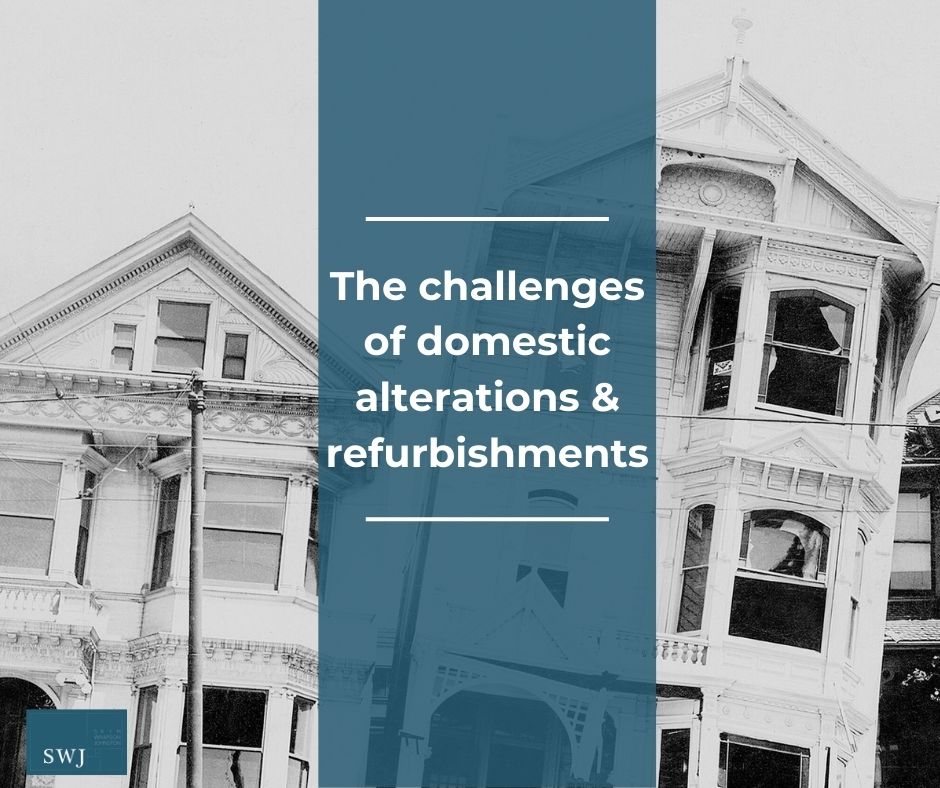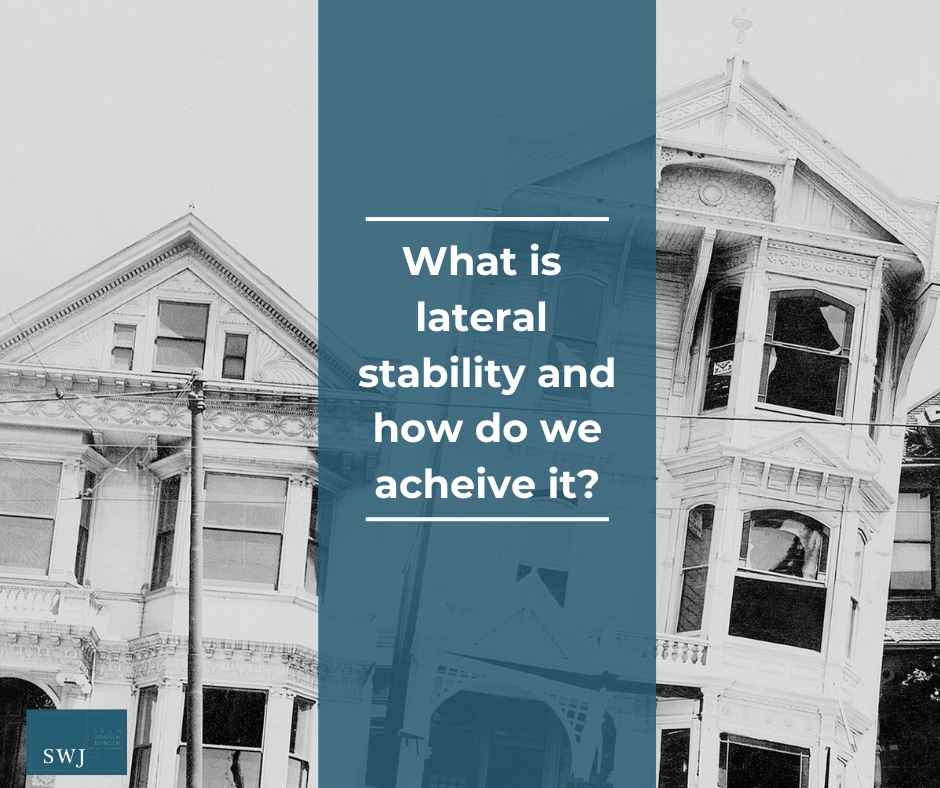Building a swimming pool, whether indoor or outdoor is an expensive project but if you do not understand your ground conditions and get the structural concept correct, problems will arise that will cost you a lot more than necessary and potentially turn the dream into a nightmare.
There are several people you need to consult with when planning your pool;
- Always consult a structural engineer at the earliest stages of swimming pool planning. We look after the structural design, ensuring your pool neither floats or sinks when in the ground and can help with any additional structures surrounding or close to the pool.
- Specialist pool company, such as Certikin, for the design of the filtration and heating plant and/or landscape designers to advise on the look of the pool area.
- A specialist contractor to dig/build and install your pool.
As structural engineers we need to balance two extremes; when the pool is full of water and when the pool has been emptied ready for cleaning. If you don’t get the structural design of your pool right you’ll end up with cracks, uplift or subsidence – all costly problems. There are also drainage considerations – where will the water go? Is your existing pipework robust enough to cope? Again, not planning for this could result in a very costly flooding issue.
Feasibility of having a swimming pool
Structural Engineers will help you determine the feasibility of your plans by considering the impact of several elements.
Water pressure is the most common source of uplift, which is why it’s the first issue to investigate when considering whether it’s possible to install a swimming pool or not.
Ground Water – Understanding the water level in the ground is critical and we always recommend that a site investigation, which includes long term ground water monitoring is completed as water levels in January will be different to water levels in July. This has an impact on how the pool will be installed and can quickly become costly if not considered at an early stage.
Heave and uplift – Essentially, if you bury anything in the ground and it’s not heavy enough the water pressure will push it upwards. The presence of water in the ground may cause problems with the project. So, the question is whether the mass of a new swimming pool is heavy enough to resist the upward force caused by water pressure. Swimming pool design is a delicate balance of being heavy enough to not lift once installed, but being light enough to not sink. Your structural engineer will prove by calculation that the forces will remain in balance and that neither floatation or subsistence will occur.
Pool companies often factor in the weight of water as a counterbalance against the walls caving in and uplift, so an empty pool can pose a structural risk if the right advice is not taken. When a pool is full the water pushes on the base and sides of the subsoil. The pressure created by the weight of the water pushes back against external pressures but the pool is invariably heavier and so wants to sink into the ground. If the pool is empty, the horizontal forces on the wall acting inwards will increase as will the uplift forces on the base of the pool. It is often this temporary condition that governs the design and failure to consider can result in cracking so it is vital to get structural engineering advice early on in the planning and design stages.
Geology – The type and nature of the soils beneath your home/garden will have a considerable impact on the choice of construction technique and form of your swimming pool. Digging into bedrock is going to be time consuming and expensive, whereas excavating into water bearing gravels will require careful planning to control water levels within the excavation.
Pool Drainage – Another consideration needed when planning a swimming pool is the drainage for cleaning the pool, where will the large amounts of water go when the pool is emptied and at what rate? Can your existing pipes cope with the discharge?
Maintenance – Chlorine also creates a challenge when designing swimming pools as it creates a hostile environment for any steelwork used in surrounding structures, so special paint specifications are required to protect the steel or a solution using materials such as glulam timber to form the superstructure. Again, advice from a structural engineer will save you the costs of maintenance or replacements from rusted, eroded or damaged steel beams or woodwork.
You need to be sure that all these factors have been investigated and considered before moving forward with your swimming pool or you could make a costly mistake.
If you’re planning a swimming pool please give us a call on 01993 225 085 or email mail@swjconsulting.co.uk. We can help you with the design of the pool itself and any surrounding structures or extensions.




